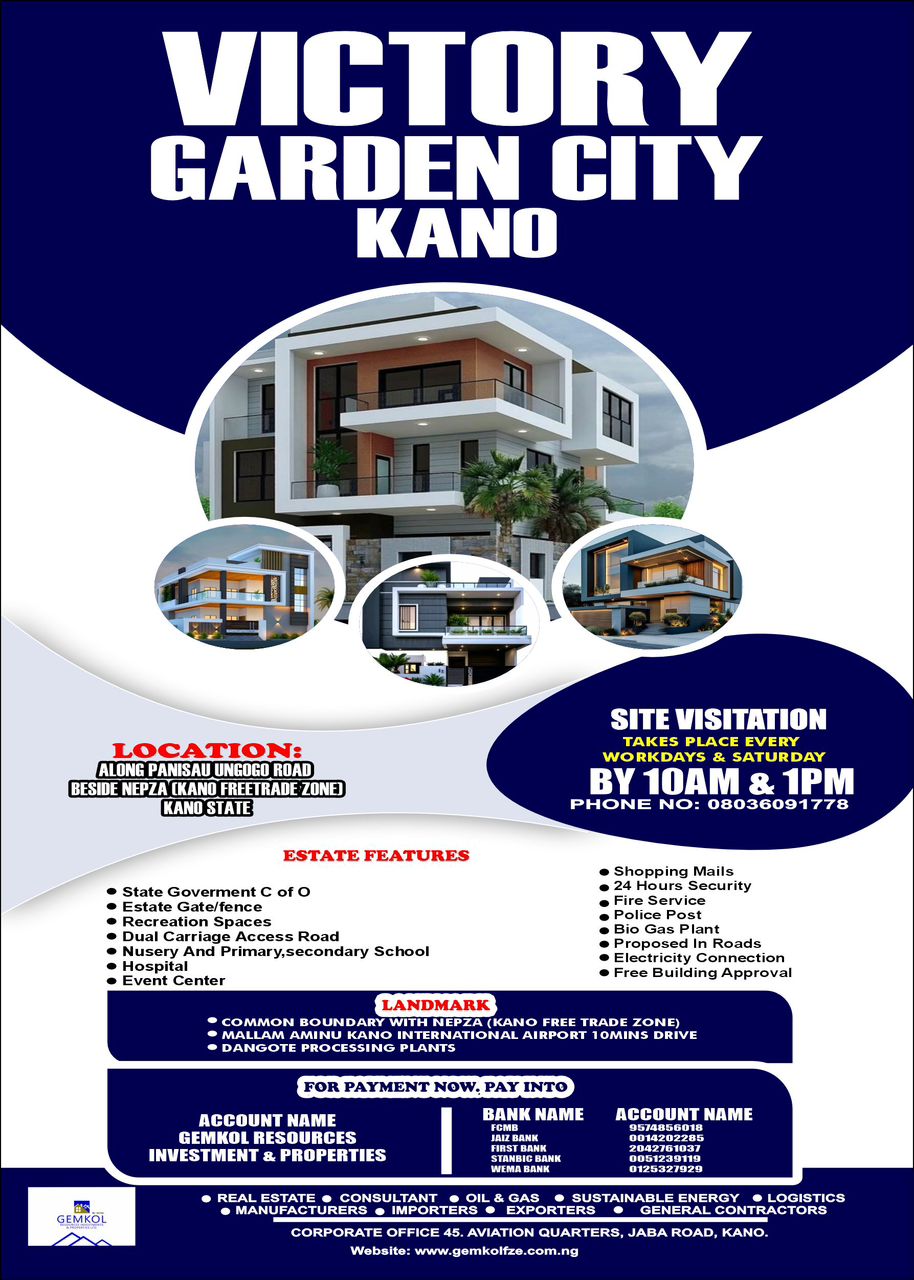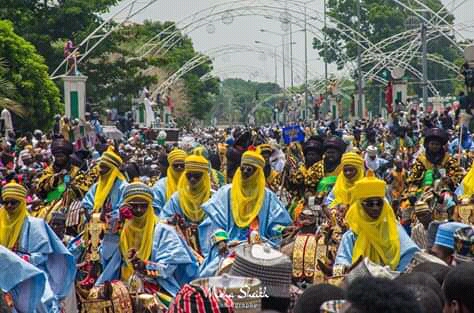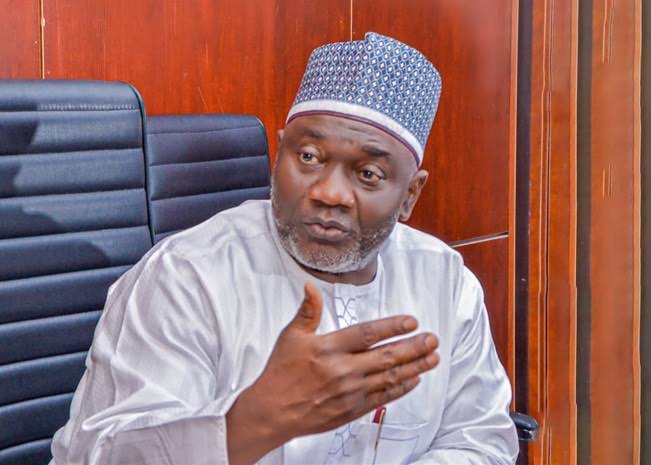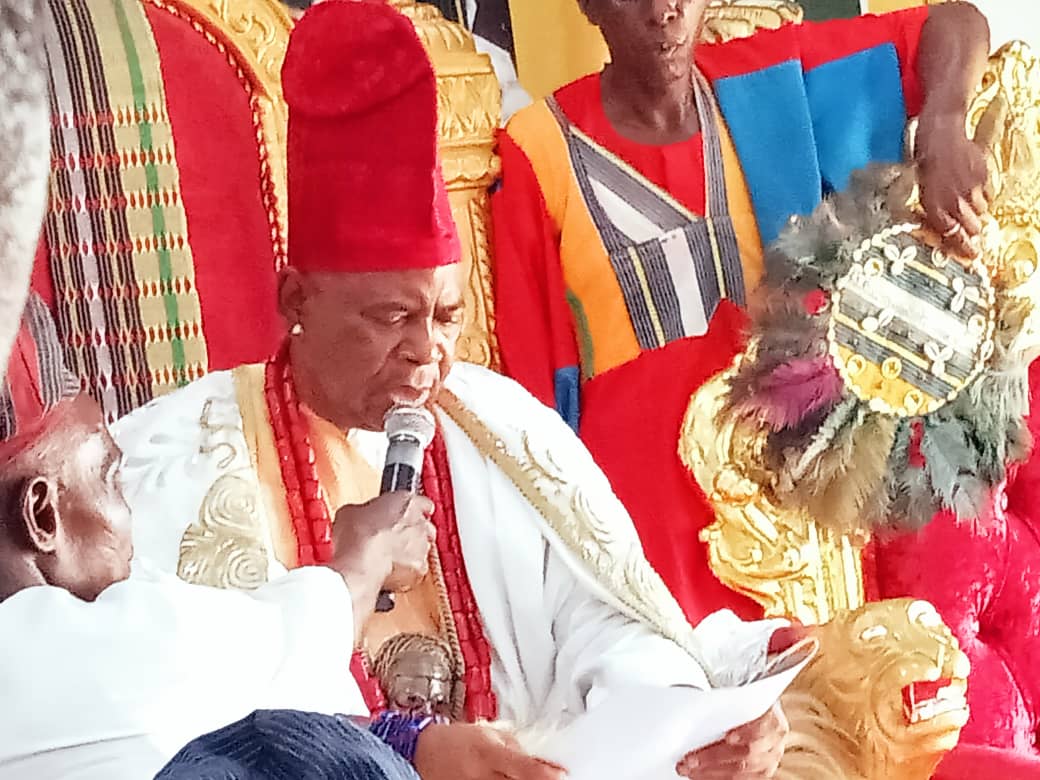By Abdulkareem A. Ikharo.
Chief Curator (NCMM),
Abuja.
Festivals world over are the most popular forms of celebrations in human existence. Whether as religious, culture, sports, film, arts and other traditional practices, festivals are pivotal events that could involve millions of people in the case of the religion related across the globe annually or periodically. They are events that bring people together and are characterized with merriments, ceremonies, and a lot of other forms of fun and bonding.
Nigeria as a multi ethnic and diverse society with over 250 ethnic groups is enriched with various forms of festivals observed annually with those of religions most prominent with the celebrations by Muslims and Christians. Similarly, the traditional worshippers retain their own forms of festivals all depending on the tribes and the culture involved. Several among the religious and cultural festivals in Nigeria include Christmas the celebration of the birthday of Jesus Christ, the Easter that heralds lent and the resurrection of Jesus after death while Islam has Eid-el Kabir and Eid El-fitri which is breaking of Ramadan fasting. At the level of culture and tradition there other festivals that comes to mind that includes Argungu fishing festival in Kebbi state, the new yam festival predominantly among the Ibo speaking tribes, Durbar festival, Calabar Carnival, Osun festival, Ojude Oba festival, Igue festival among the Benin people of Edo state, Oro festival, Osun festival, Sango festival, Egungun festival all among the Yoruba people, New Yam festival, Eyo festival popular among the people of Lagos Island in Lagos state and so on.

Durbar Festival
The word Durbar is traced to Persian and is connected with the ceremony marking the installation of Queen Victoria as the Express of Colonial India in 1877 while the word have been pronounced and propounded as “darbar” with dar meaning door and bar meaning entry or audience in Hindi-Urdu. In Nigeria, Durbar is a treasured cultural horse riding and display festival majorly among the Hausa people of the northern Nigeria to mark the Islamic holidays of Eid-el- Fitri [end of Ramadan} and Eid-el-Adha [the feast of the lamb]. The over 400 years old practice is said to have been introduced by Sarki Muhammadu Rumfa of Kano in the late 14th century as military parade and display when horses were used in battles to defend and protect the Emirate and also the opportunity to pay homage and demonstrate loyalty to the emir. It is also part of demonstration to showcase the readiness of the palace troops for battles and to also celebrate important political events. Available information has it that the first major Durbar in the country took place on the 1st of January, 1900 as part of the celebration to mark the transition of the Royal Niger Company to an imperial Protectorate.
Also known as horse ride festival it is worthy of note that horses and to some extent camels played prominent roles in the growth and developments of the today prominent Nigeria cities like Kano, Katsina, Zaria, Sokoto and Bida. In the 14th century before the sojourn of Christopher Columbus, aside being used during conquest and in battlefields under the command of the Madawaki who leads cavalry of horsemen with their horses loaded with various weapons, horses were used mostly for commercial activities particularly the trans Sahara trade expansion with items like salt, gold and farm produces.

Ceremonies
The activities and ceremonies involves “Hawan sallah” in Hausa language {meaning Mount of Eid} which in essence connotes the mounting of horse during the Eid or sallah celebration. The ceremonies begin with prayers at Eid grounds followed with parade of the Emir and his entourage on horses followed with drummers and trumpeters with the movement ending at the Emir’s palace. The parade includes hundreds of beautifully decorated horses with nobles in their best clothes followed by musicians and magicians all in a long procession in distinctive turbans {Rawani} clearly indicating their nobility and social status through streets to pay homage to the Emir. Other special attractions particularly in Kano Durbar which is acclaimed to possess the biggest parade of colouful horses in the world, include the display by the “hyena man” who carries out street performance with trained animals like hyenas and baboons which create a lot of excitements and entertainment for the hundreds of crowd in attendance.
The procession of the strictly male event showcases participants dressed in flamboyant turbans and robes with modes indicating their royal linage. Kano Durbar for example is four day event that commences with Hawan sallah on the day of Eid followed by the day 2 and most popular for its entertainment and glamour Hawan Daushe for the special visitation of the Emir and his colourful entourage to his mother in her domain. The display of various entertainers including magicians, drummers, dancers, stunt men and masquerades attract and witness the attendance and spectators across the globe. The other two days are for Hawan Nassarawa and finally Hawan Doriya which are both continuous aspects for merriment during the festival.
The Emir’s return from his mother’s visitation on the day 2 {Hawan Daushe} is followed by The Jahi that sees the him and his entourage ride through various important historical quarters and families before returning to the palace. On arrival the Emir in a military manner takes position to receive salutes and traditional greetings from the cavalry of riders along with the various district heads, their families and entourage in order of hierarchy. This is followed by the demonstration of loyalty and gallantry by all the riders and spectators present. After the homage and performances, [The Jahi] the palace guards take positions and fire several gunshots to signal the closure and end of the day and most important aspect of the four day festival.
Durbar festival has become annual festival celebrated across cities Northern Muslim dominated cities of Nigeria like Kano, Katsina, Sokoto, Zaria and Bida and was extended to Ilorin in Kwara state during Eid el-fitri and Eid El-Adha. Generally speaking, the Durbar festival is not just the most population cultural heritage of the Hausa people of the northern Nigeria and major parts of Niger republic but it is festival that unite and bring the people together to celebrate their unique historical and cultural heritage.
Durbar festival recently has witnessed more activities like car racing and other fun fairs that attract sons and daughters of Hausa decent, visitors and tourist annually to places like Kano, Katsina and Zaria. The glamour, popularity and attractions of Durbar particularly the Kano Durbar festival over the years, led to the recognition of the festival as one of the Intangible Cultural Heritage of Humanity by the UNESCO in in December 17, 2024. This laudable and significant achievement in the nation’s cultural heritage exemplified the extent to which the festival has become popular to the people and the role it places towards unifying the people through their rich cultural heritage. During the presentation of the UNESCO certificate, by the Permanent Delegation of Nigeria to UNESCO to the Minister of Art, Culture, Tourism and Creative Economy Barr. Hannatu Musawa, opined that the great achievement does “not only celebrates the beauty and unity of the festival but also creates opportunities for the preservation and promotion of cultural heritage. The country’s representative at the UNESCO in addition stated that “Having the Kano Durbar on the UNESCO list is a huge milestone for Nigeria” while the Minister in her view remarked that “the recognitions bring both international prestige and tangible benefits to the local economy”.
In comparison, while Ujude Oba yet another similar festival of the Ijebu people of Ogun state in Western Nigeria, entails the participation of both male and female across various age groups as part of the big sallah [Eid-edha] celebration of the Muslim faithful. While both festivals identify or are associated with royalty, palace events and horse riding, durbar is strictly a male show and more of an horse riding festival while the practice is just an aspect of horse riding is just an aspect of Ojude Oba festival.
It is hope that the recent drive by the present administration leverages on the recent recognition of Durbar by the UNESCO to create more awareness through wider media coverage with a view of boosting general interest and tourist attractions which shall cascade or stimulate growth of the sector and also serve as source revenue to the governments across all levels.



